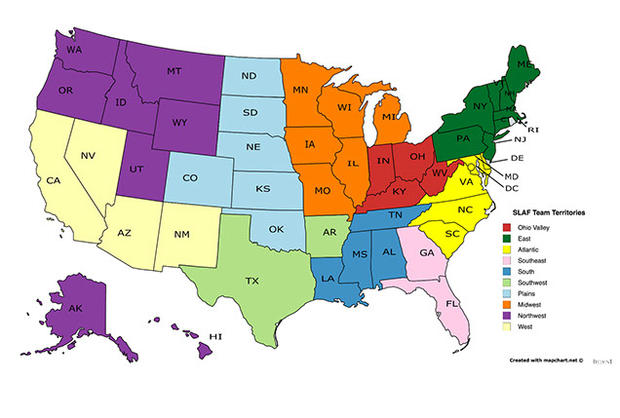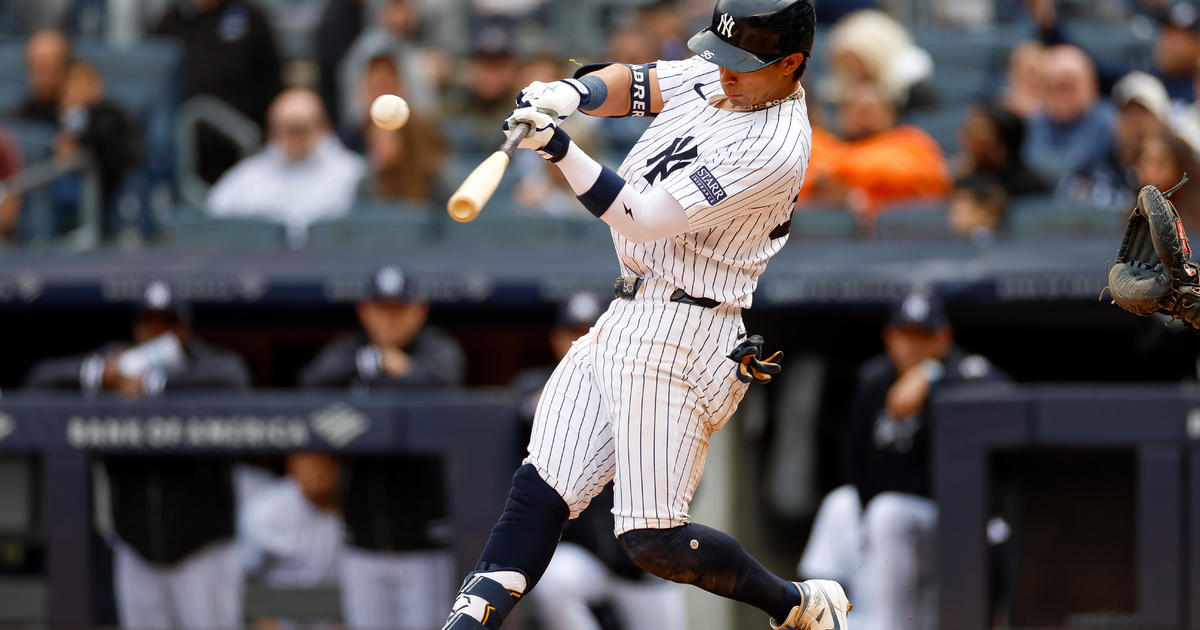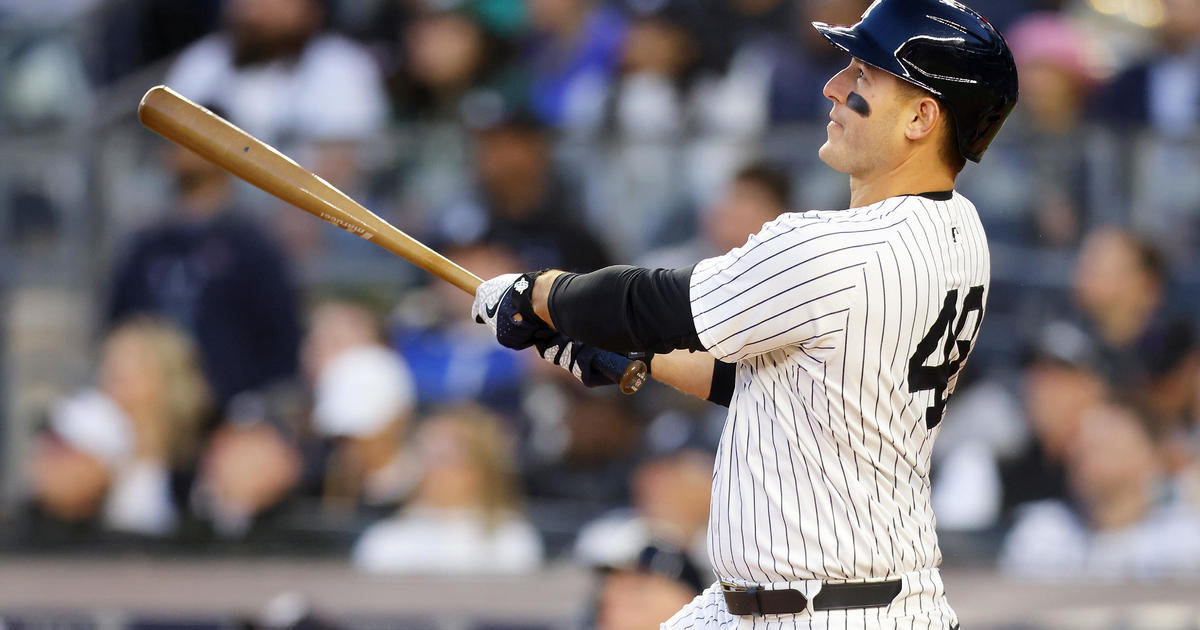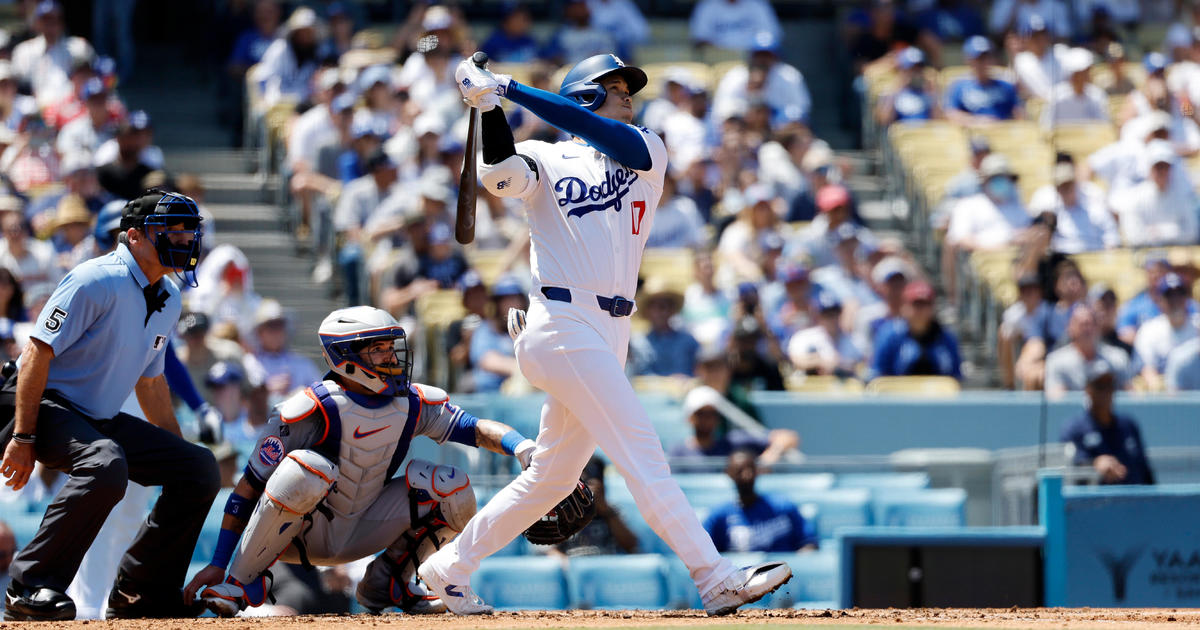Schwartz: Spring League Of American Football Set To Debut In 2018
By Peter Schwartz
» More Columns
As a football fan, I often think about the USFL and what that league could have been had it not gone to court against the NFL back in 1986.
The United States Football League was a good league during its three years of existence. It had star players, and it filled a void for fans who were still hungry for football during the NFL offseason.
And as fast as you can say "antitrust," it was gone.
Other spring leagues would follow such as the XFL, which lasted just one season in 2001, or the United Football League, which ran from 2009-12. For a multitude of reasons, these leagues didn't survive. In fact, the only professional football league, other than the NFL, that has had any lasting power is the Arena Football League. Aside from one year off to reorganize in 2009, the league has been operational since 1987.
But it's not your traditional professional football.
Given the tremendous popularity of football in the United States, one would think that there'd eventually be a spring league that would have the right business model and the right people running it to be a success.
Starting in 2018, the Spring League of American Football (SLAF) hopes to be that league.
"It just seemed to me that this would be a great time to initiate this league," said Michael Lardner, a longtime broadcast media executive who is part of the group launching the SLAF. "Football has never been more popular. We feel that a 10-game season with a couple of playoffs is just enough to whet everybody's appetite."
The 10-game SLAF season will run from April through early July, and the players can try out for the league when their college eligibility expires.
The group, which also includes longtime media executive Rex Lardner and longtime Madison Square Garden Chief Financial Officer Robert Pollichino, has split the country into 10 zones. Each zone will have a regional team that will have players from colleges and high schools from that area. The plan is to create rivalries by having teams play against other regional teams.
Will the New York/New Jersey area have a team?
It's possible, but it will be up to one of the 10 owners who will receive the exclusive rights to the East Region franchise, as outlined on the SLAF map.
The franchise is expected to have players from eastern colleges such as Rutgers, Penn State, Boston College, Syracuse, Pittsburgh and schools from the Ivy League.
But the team could be located anywhere in the region.
"Whether the team winds up in Buffalo, New England, New York or Pittsburgh, I really don't know," Lardner said.
A big key for the SLAF will be just how good the product will be. That was a huge problem with the XFL in 2001 because it only gave itself a year to get ready. It had a very minimal preseason and training camp, and the play on the field wasn't very good.
The SLAF does not want to make that same mistake.
"The players didn't have enough practice or they weren't quite ready," Lardner of the XFL. "We plan to really prep and give these kids enough time to practice and get ready to put a good product on the field."
The league is also banking on player recognition among the fans. Go back 10 or 15 years, and aside from the stars of major college football, the fans really didn't know a lot of the players. Today, it's a different story because there's so much college football on television.
"Now you have Louisville on TV every week, and you have Houston on TV every week," Lardner said. "So you get to know these players as well as the read option which is so popular in college."
Since a lot of read-option quarterbacks may never make it in the NFL, they can be stars in the SLAF.
That brings us to another interesting aspect of the SLAF.
While the primary focus for this league is to fill the void for the football fan and be a league of opportunity for many of the players, there is also the possibility that some players will use it as a way of developing their skills for the NFL. The Fall Experimental Football League (FXFL) tried that in the fall of 2014 and '15, playing their games during the week.
That league wanted to get the NFL's stamp of approval as a developmental league. But it never happened, and the FXFL folded after two seasons.
Could the SLAF be a developmental league?
"We would love to have an association with the NFL," Lardner said. "But, to me, it's a league that these players can play in and the league is over (in time) so that if they wanted to try out for NFL teams, they have plenty of time to rest and get ready for camp. It could be a development league from the standpoint of an NFL scout coming to watch our players play in this league."
As far as rules go, the league will basically mirror the NFL, including having 11 players on the field and needing two feet inbounds on receptions. The SLAF is thinking about using the college overtime rule instead of the NFL's, but don't expect anything radical like the wacky XFL ball scramble that determined possession, instead of an opening kickoff.
There won't be any gimmicks like a television camera going into the cheerleaders' locker room, one of the announcers starting a feud with a coach or even something like the man in motion running forward as the ball is snapped.
"I don't think so," Lardner said. "I think the fans want straight football. They understand that football. It's good old-fashioned American pro football."
A big reason why this group feels the time is right for a spring league is because the media landscape is a lot different today than it was seven years ago when the UFL kicked off. With the addition and evolution of new media channels and the desire for football programming, the SLAF could not be launching at a better time. Especially when you consider that streaming services want their piece of the pie when it comes to sports.
"All of the big rights are tied up until 2022," Lardner said. "Even if somebody wanted to get into the football game, they couldn't, and it would cost them a minimum of a billion dollars."
The Spring League of American Football is not expected to throw big money at players like the USFL did when the New Jersey Generals signed Doug Flutie and Herschel Walker, or the Houston Gamblers signed Jim Kelly.
But the SLAF is banking on the tremendous amount of good college players who just aren't a fit for the NFL. America loves football. They'll love it in the spring, too, if the product is good and they know who the players are.
Don't forget to follow Pete on Twitter @pschwartzcbsfan. For more information on the SLAF, visit www.SLAFootball.com.





